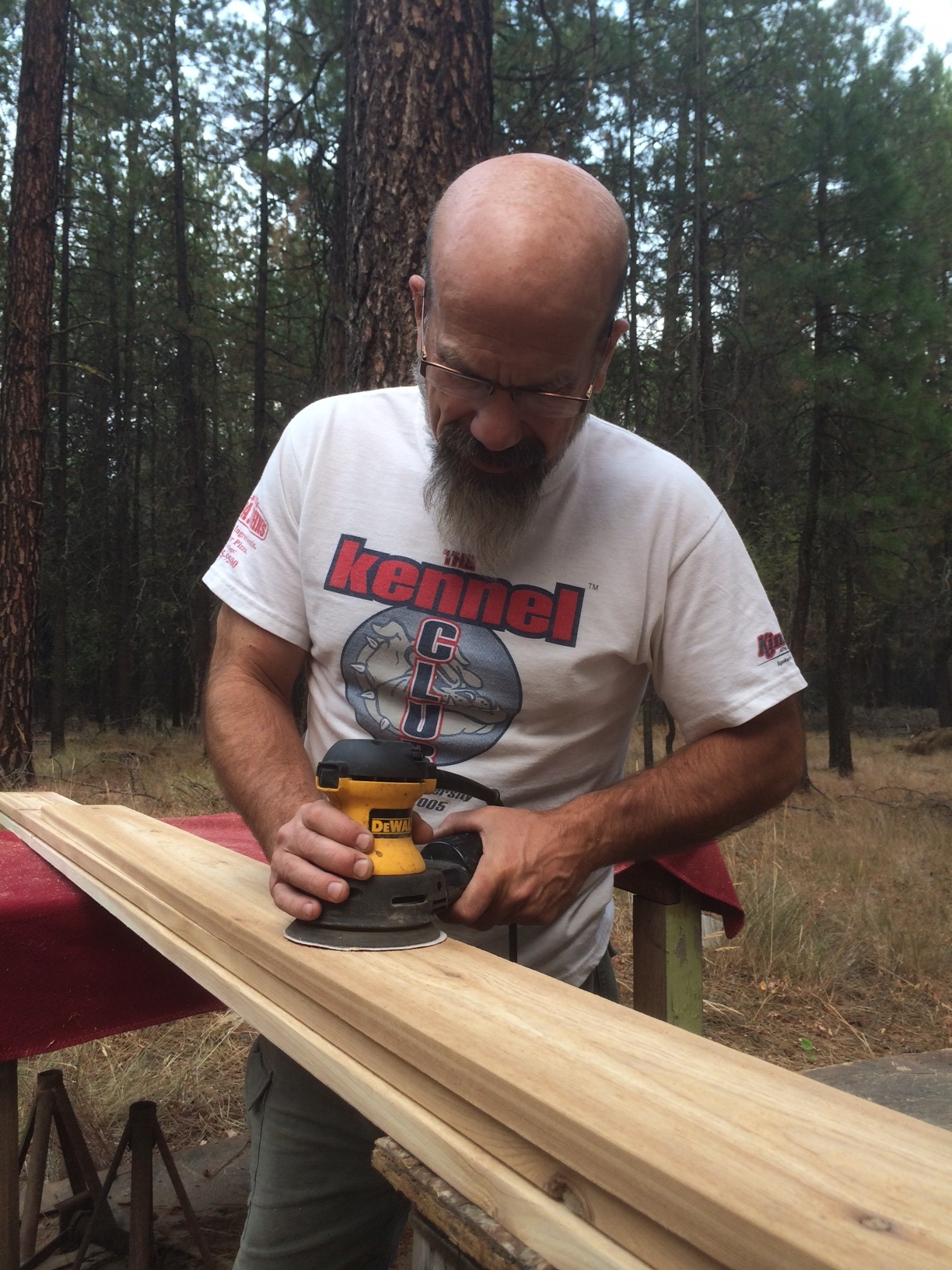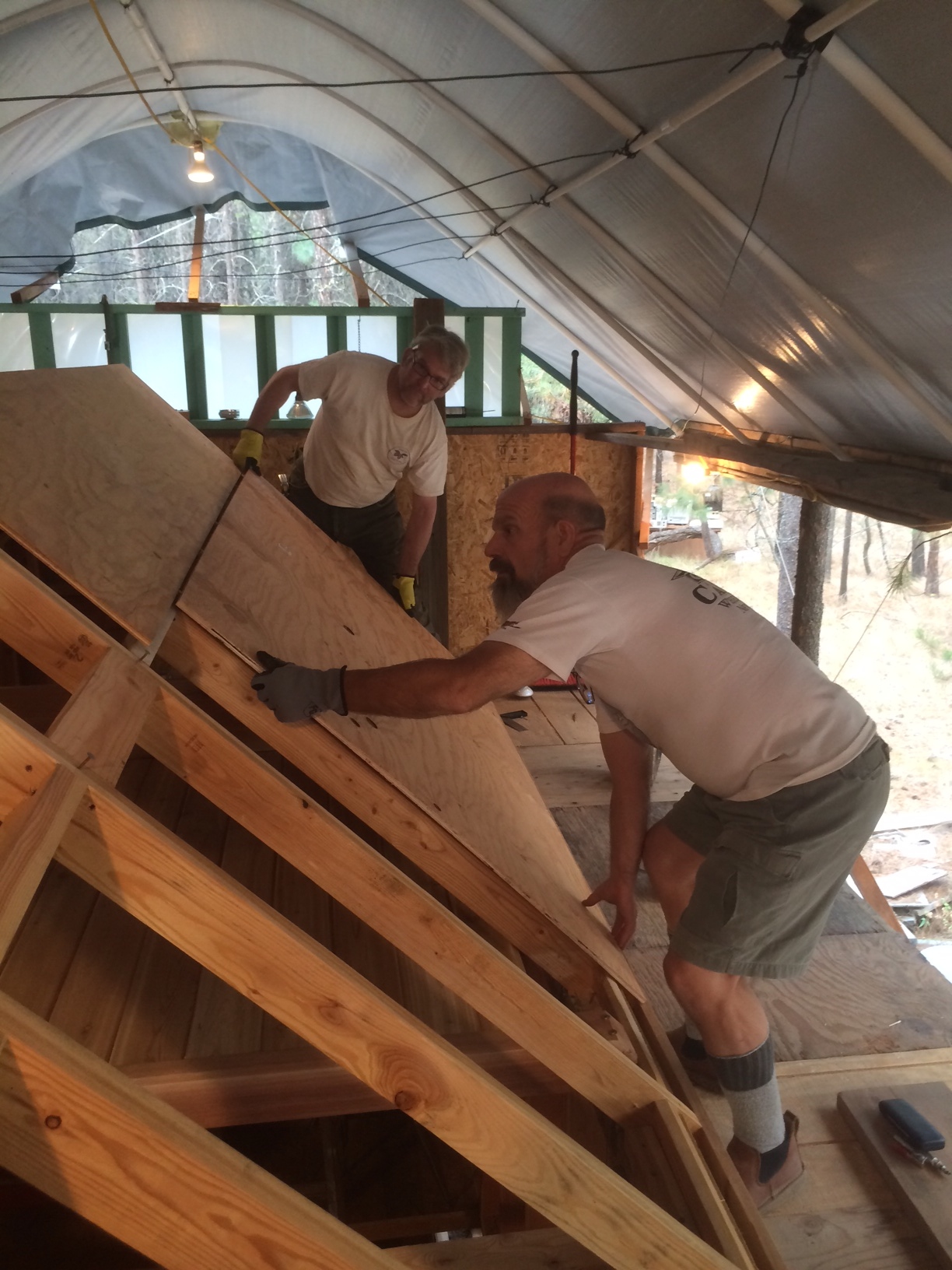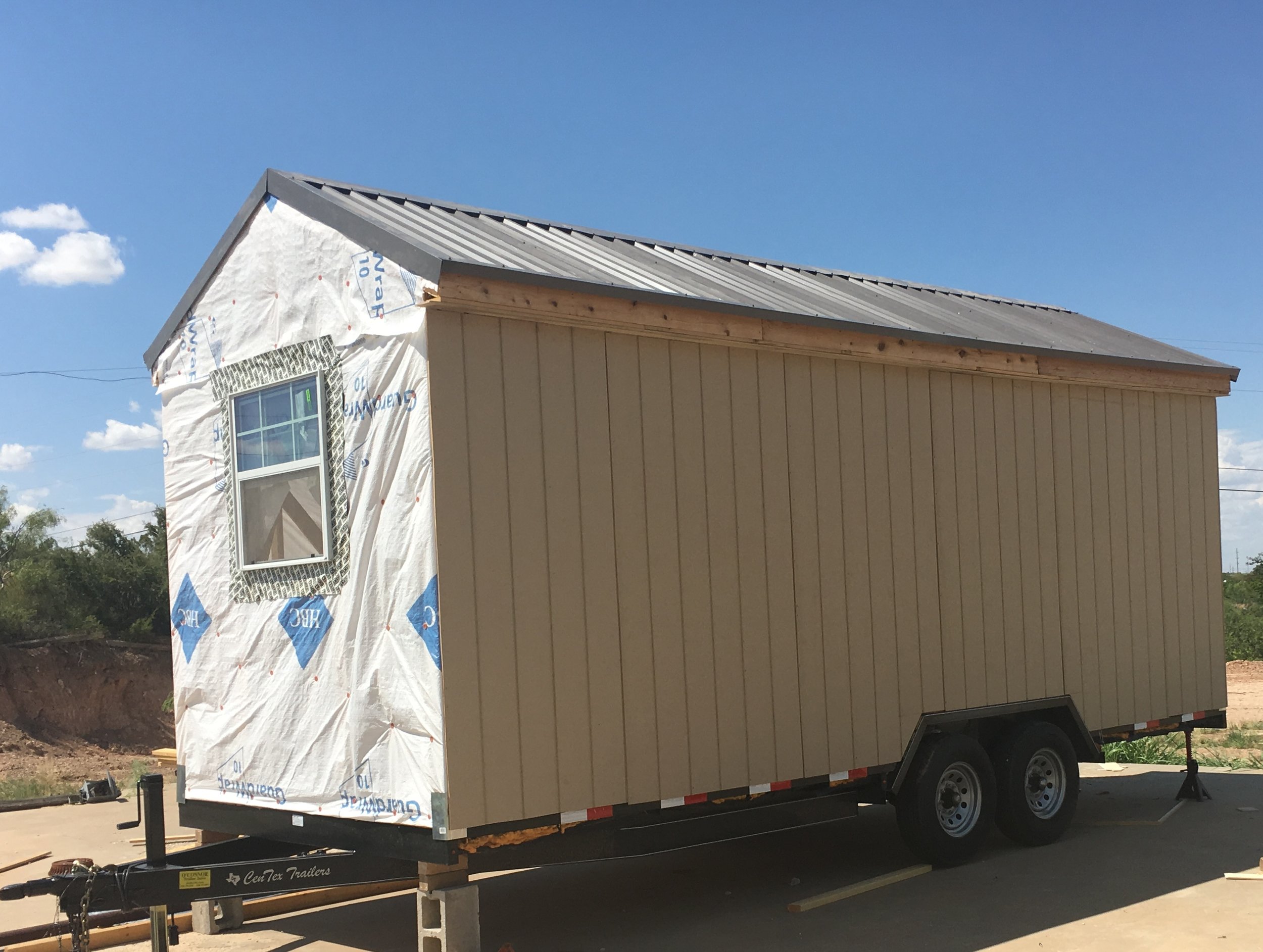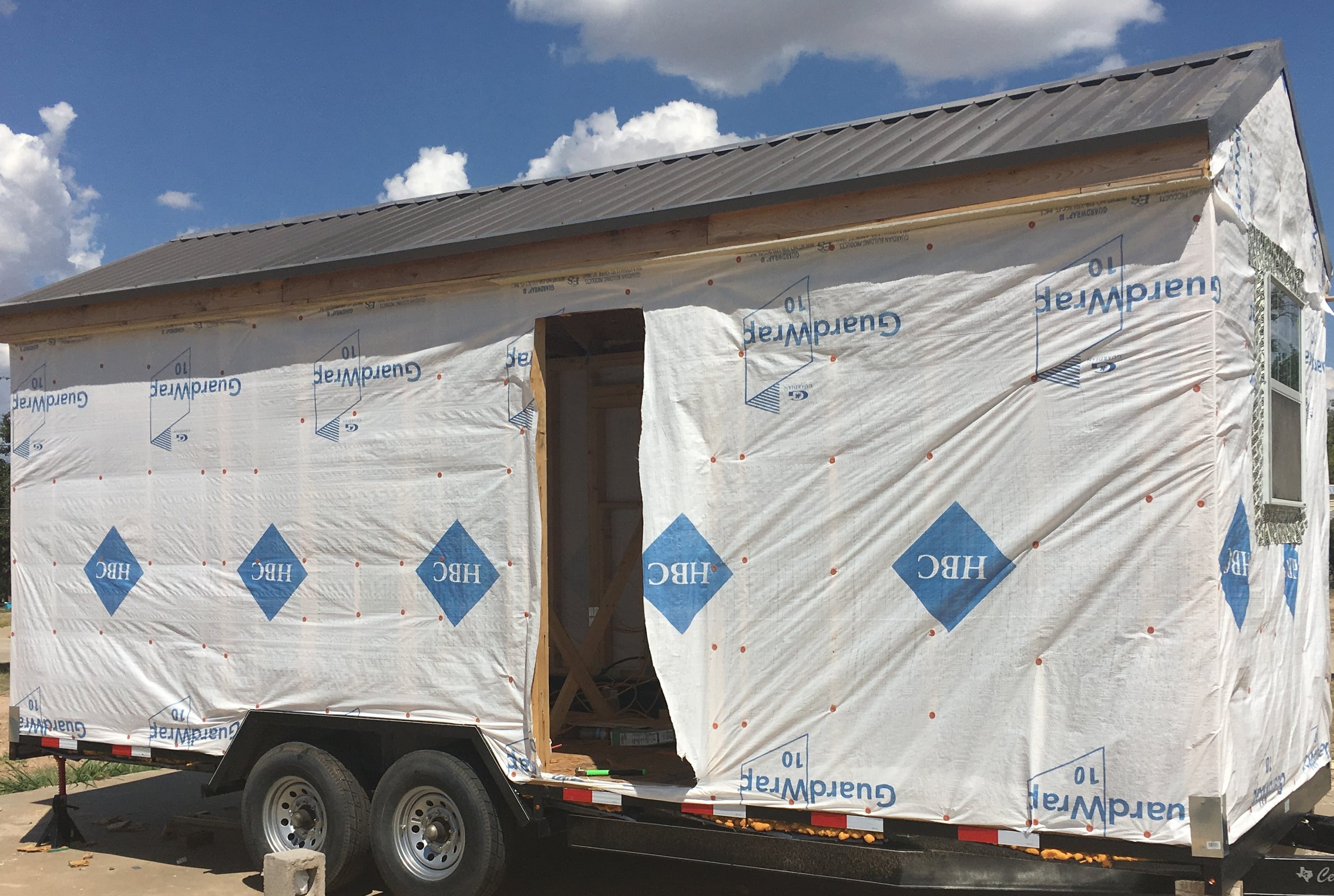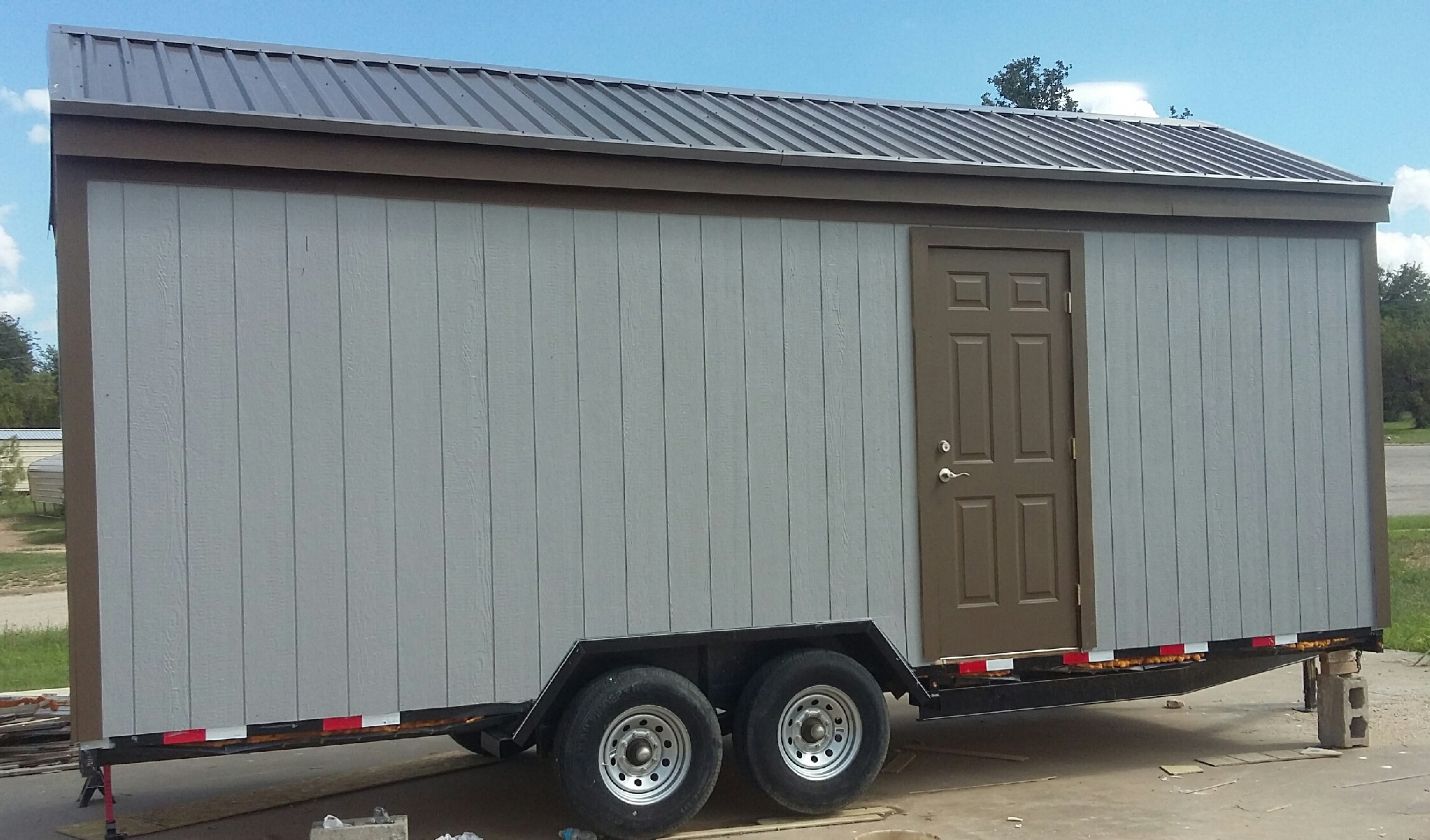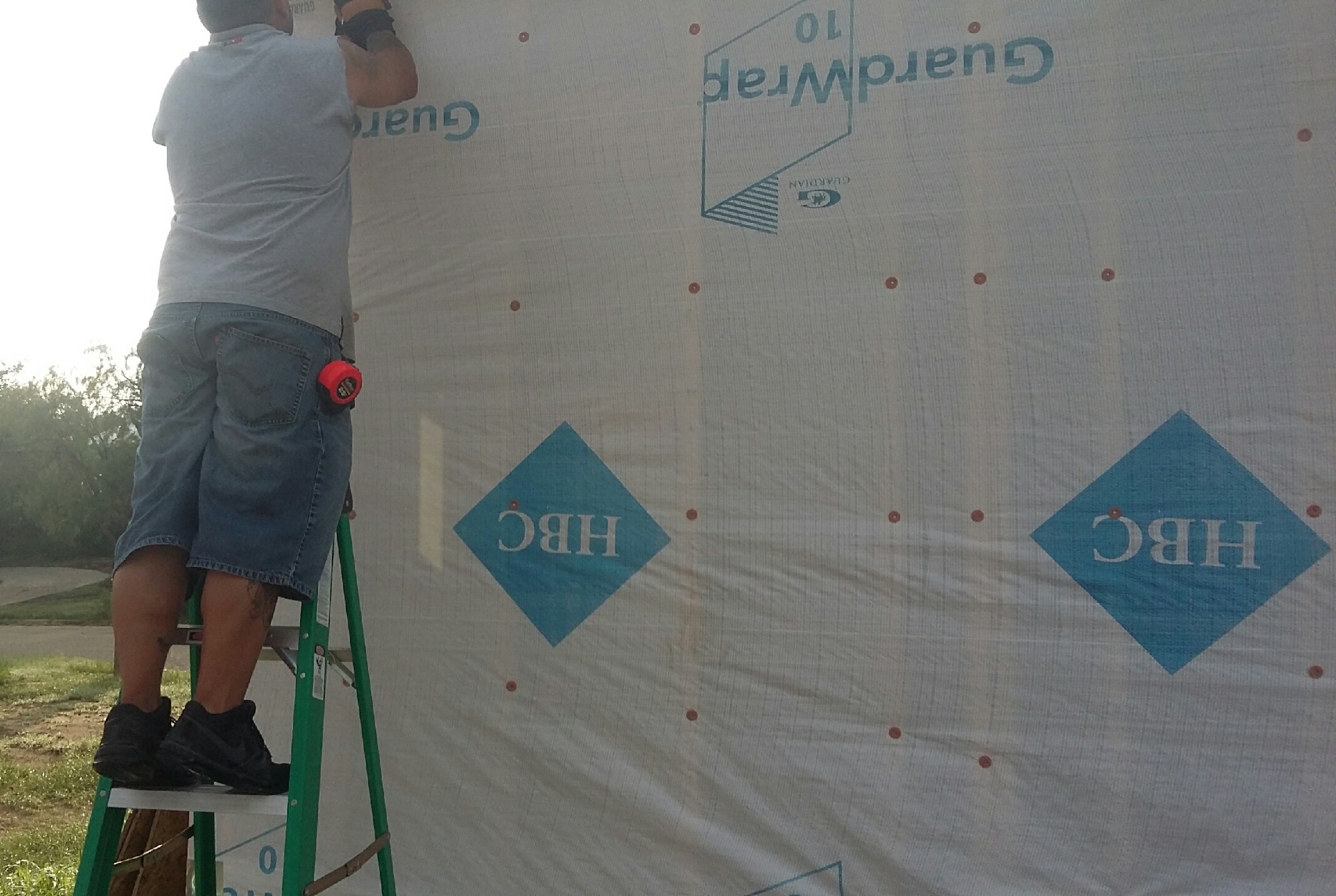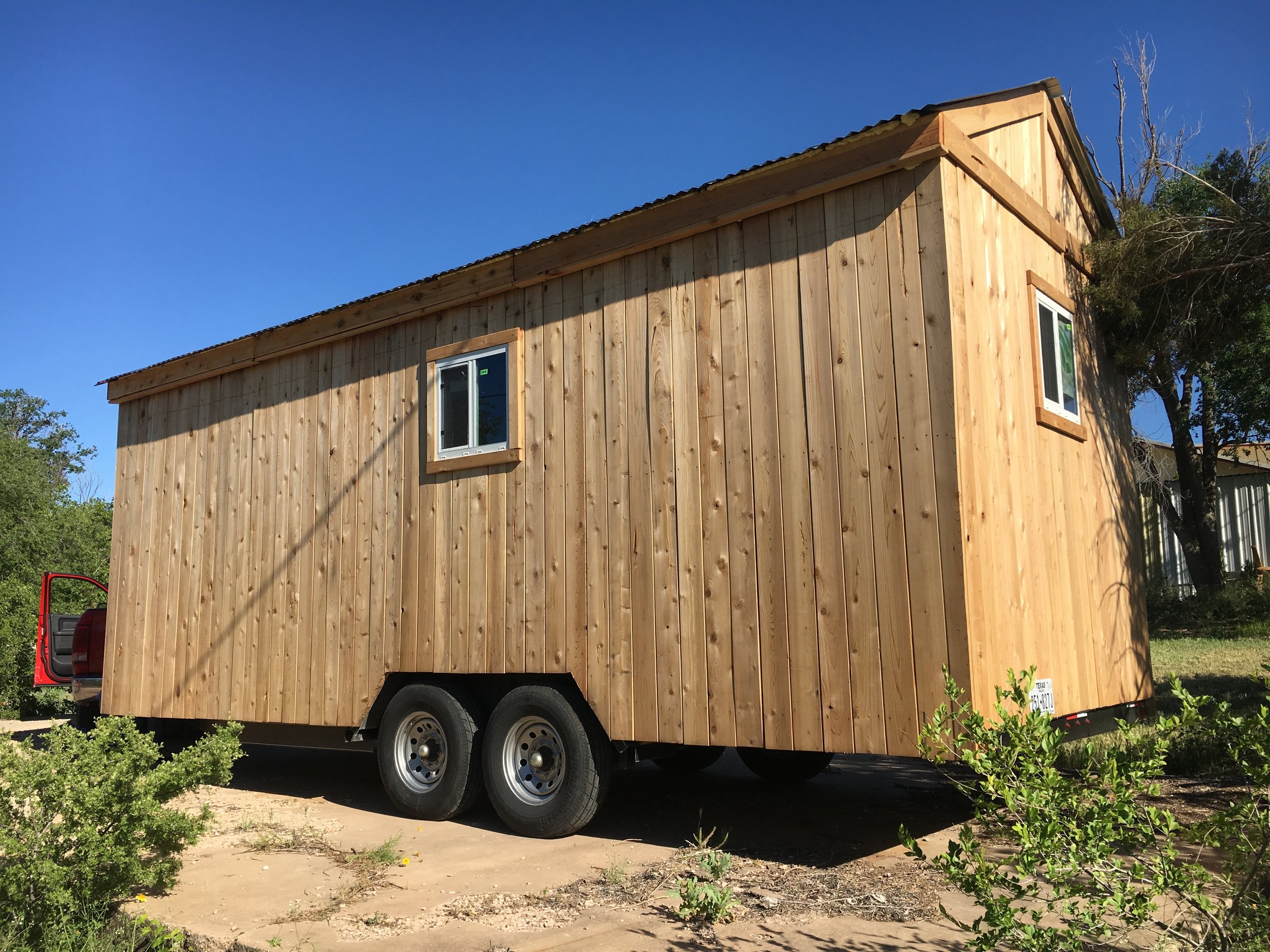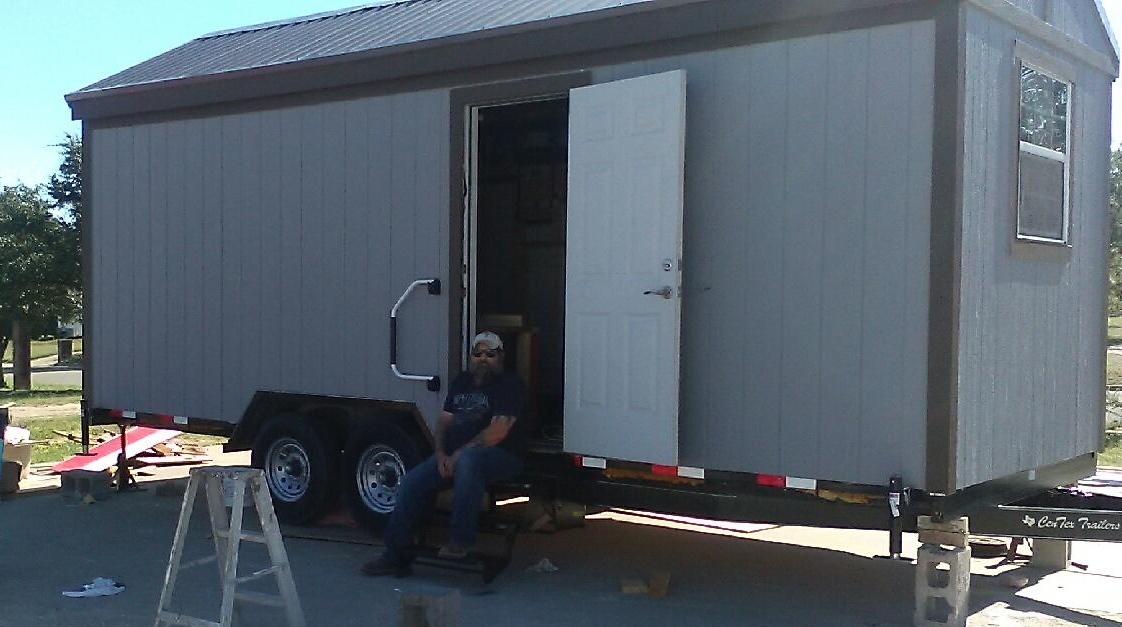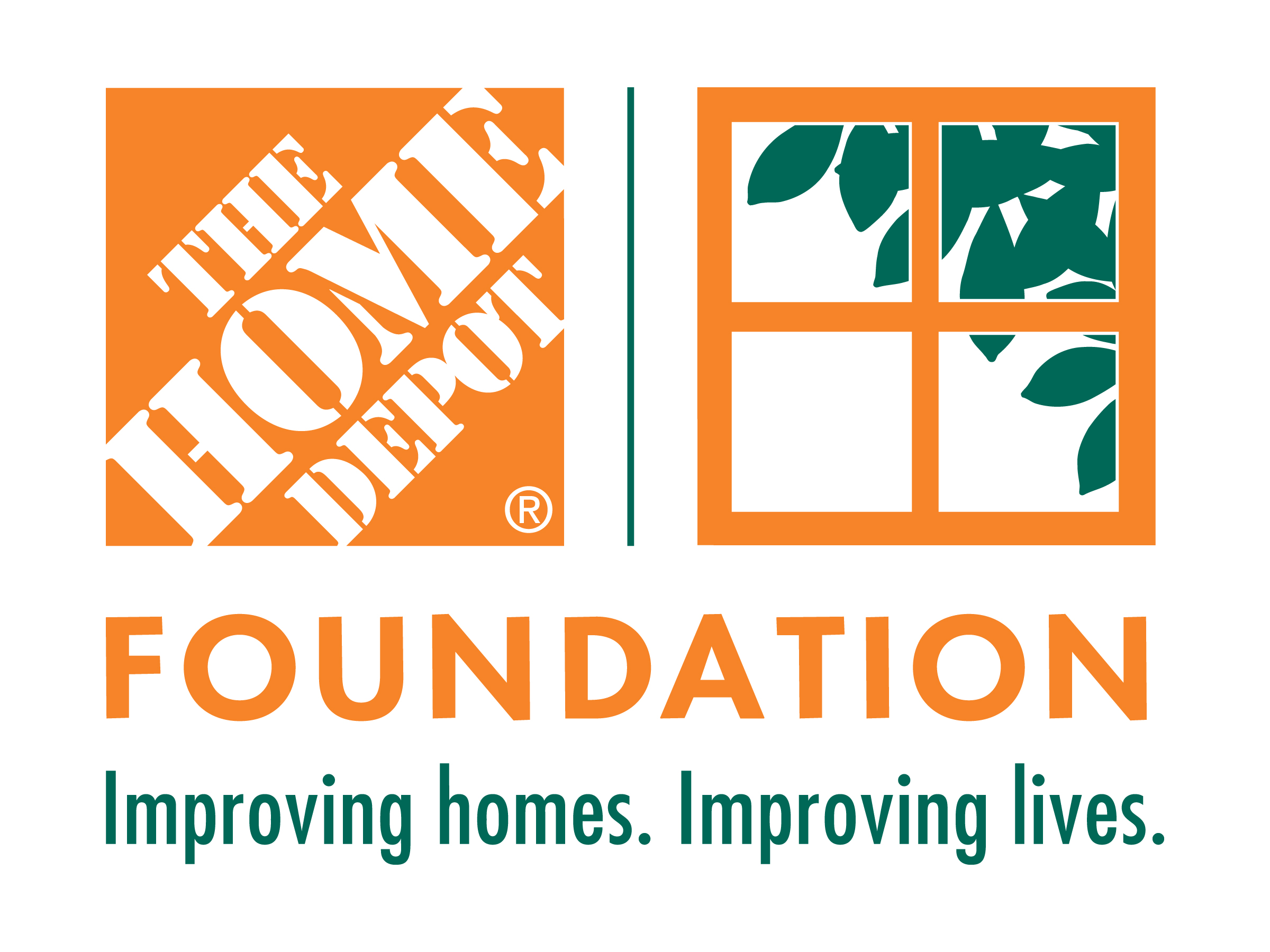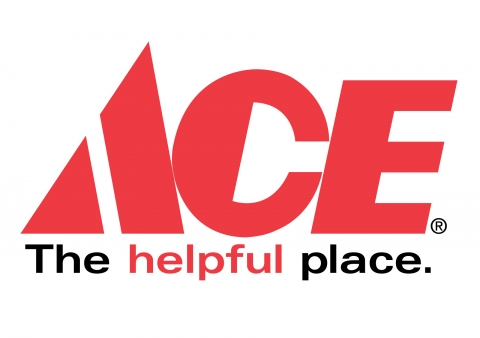Our Veteran Housing Program was created in response to a great American tragedy: Housing instability and homelessness among our veterans.
The Operation Tiny Home Pay-it-Forward Veteran Housing Program provides independent housing for veterans in need of secure housing. A stable home makes possible a life of dignity, freedom, and prosperity that every veteran facing housing instability deserves in this country they so bravely committed to serving. We believe that providing a permanent and safe home benefits overall community health. Studies show that access to affordable housing cuts down on emergency room visits, hospitalizations, arrests, and other high costs services incurred by veterans struggling to live without a stable home. Supportive housing helps stabilize both the individual veteran and our communities.
It may be surprising to find out how many veterans spend their lives on the verge of homelessness. Nationwide, one out of every four homeless individuals wore a United States military uniform at some point in their lives and more than 1.5 million veterans are living in poverty. Subsisting on a fixed income as the cost of living skyrockets often creates a lot of uncertainty. The death of a caretaker or a serious health issue is often the crisis that puts veterans over the edge, into financial ruin and maybe even homelessness. According to the National Coalition for Homeless Veterans, The Department of Veteran Affairs (VA) has resources to serve only 1 out of every 10 homeless Veterans. Since 1987, the VA's programs for homeless veterans have emphasized collaboration with community service providers like Operation Tiny Home™ to help solve this problem. Although the VA continues to push to end veteran homelessness, this is nearly impossible without the help of others. We plan to be a part of the solution!
In 2009, the Obama Administration set a goal of ending homelessness among veterans by 2015.[1] Despite progress in recent years, this goal remains far off. A HUD assessment on one night in January 2014 counted 49,900 homeless veterans: 17,900 sleeping in the street, in cars, or in other places not meant for human habitation, and 32,000 in emergency shelters, transitional housing, or similar arrangements.[2] Moreover, many veterans who are not homeless nevertheless struggle to afford housing. In 2012, some 1.79 million low-income veterans lived in households that paid more than 30 percent of their income for rent and utilities, and 762,000 lived in households that paid more than 50 percent.[4] Government programs and the private sector widely regard housing as unaffordable if it costs more than 30 percent of a household’s income. Veterans that pay substantially more often must divert funds away from other basic needs. They also are at greater risk of having to move frequently, entering into stressful and insecure arrangements such as doubling up with friends and family or becoming homeless.
Our dream is that every person facing housing instability is able to experience the dignity, freedom and peace of mind made possible with a safe, comfortable and secure place to call home, especially our American heroes.
Tiny Homes provide a powerful means to making this possible, and our current programs are a huge step in the right direction!
Learn More About Our Tiny Home, BIG Dream Project and Tiny Home, HUGE! Gratitude Project
Our Pay-it-Forward Veteran Housing Program is made possible by the generous support of our partners!
______________________________________________________________________
[1] U.S. Department of Veterans Affairs, “Shinseki Details Plan to End Homelessness for Veterans,” November 3, 2009,http://www1.va.gov/OPA/pressrel/pressrelease.cfm?id=1807; U.S. Interagency Council on Homelessness, “Opening Doors: Federal Strategic Plan to End Homelessness,” 2010.
[2] HUD Office of Community Planning and Development, “The 2013 Annual Homeless Assessment Report to Congress: Part 1,”October 2014, https://www.hudexchange.info/resources/documents/AHAR-2014-Part1.pdf
[3] HUD Office of Community Planning and Development, “The 2012 Annual Homeless Assessment Report to Congress: Volume II,”September 2013, https://www.onecpd.info/resources/documents/2012-AHAR-Volume-2.pdf.
[4] These figures are based on Center on Budget and Policy Priorities analysis of the 2012 American Community Survey and cover veterans in households with income below 80 percent of the area median income.






